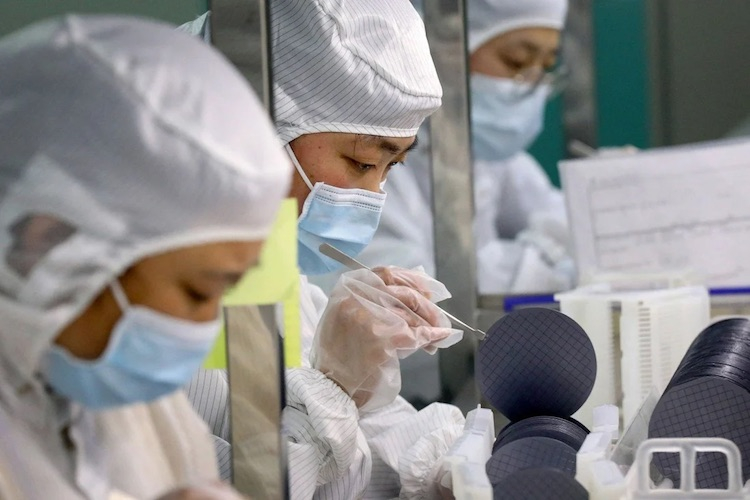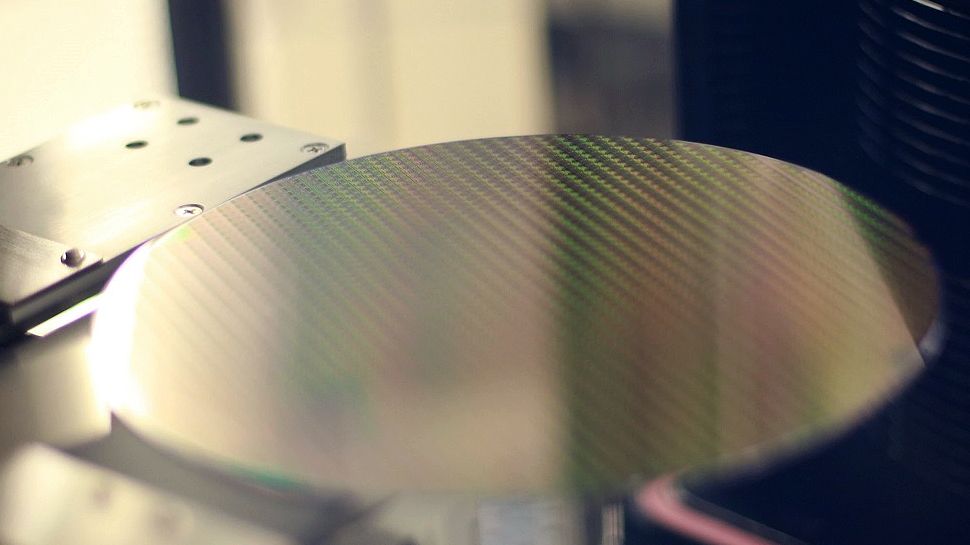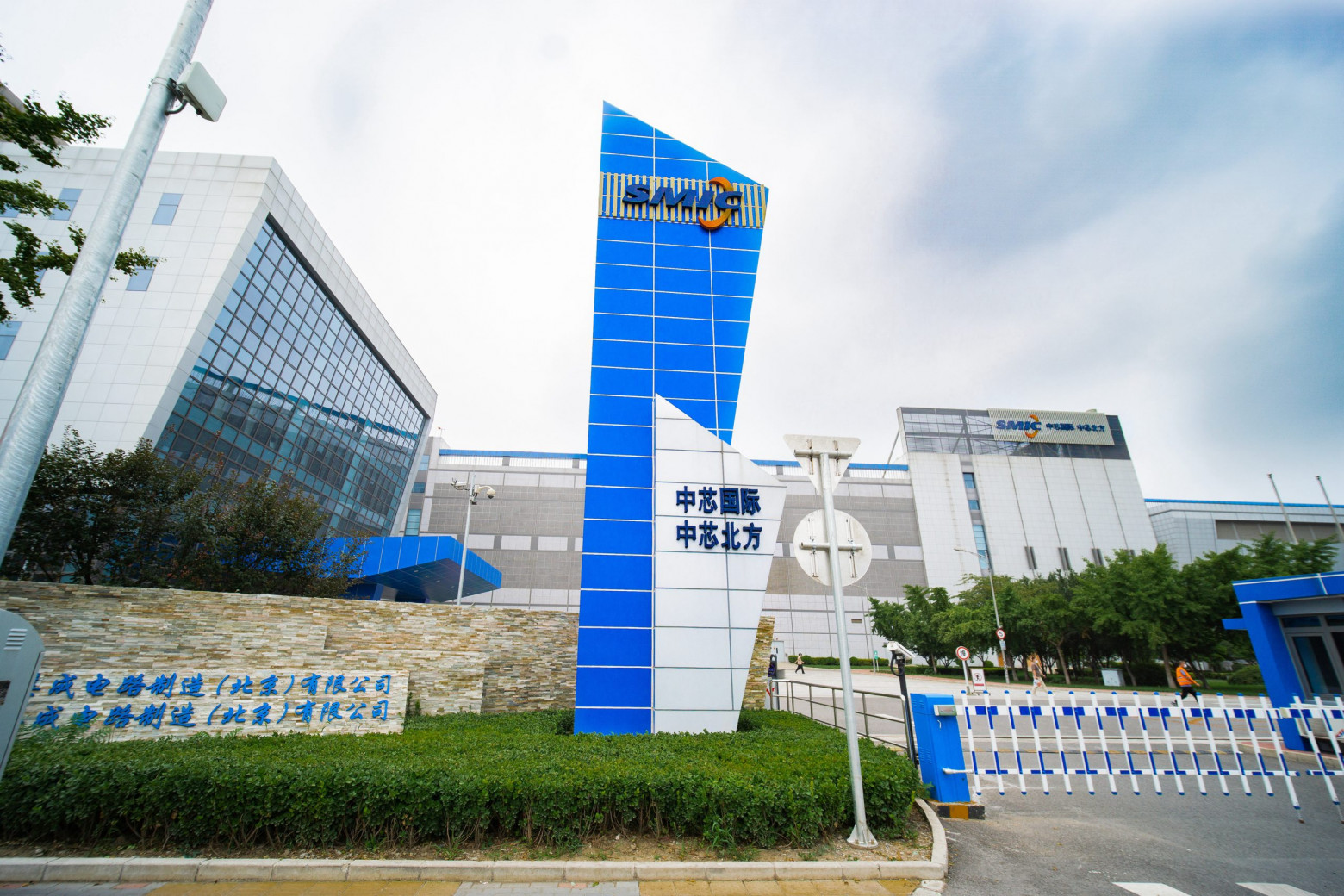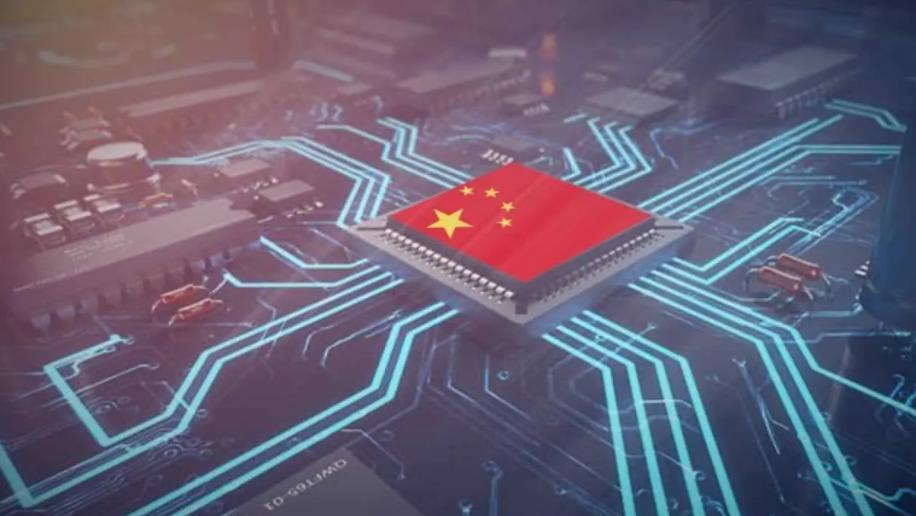China is issuing billions of US dollars to develop the production of modern chips. There are more suppliers

The Chinese government continues its program to develop the electronics design and manufacturing industry. At the same time, officials are not putting all their eggs in one basket, but are diversifying state aid to enterprises. Now it has become
that the state will allocate investments to the developer and manufacturer of integrated circuits HLMC, which is part of the HuaHong holding.
Recently information appeared that the company will receive investment in the amount of $1 billion from the China Integrated Circuits Industry Investment Fund. This organization is also known as Big Fund II. Details are under the cut.

Fu Liang, an independent technology analyst, said that during the first round of investment, the Big Fund allocated funds directly to the production of chips. For the second round, it was decided to pay more attention to financing chip design, equipment, components and raw materials. By strengthening the entire chip production chain, bottlenecks can be eliminated faster and the plant’s capabilities can be expanded, Fu Liang said.
According to Chinese media reports, the purpose of such financing is to expand the plant’s production capacity and introduce new technological processes. In particular, we are talking about accelerating the transition to the production of chips below 10 nanometers. The main investor of HLMC is the Huahong Group holding with a 54% stake. The influx of funding signifies the country’s government interest in the company’s prospects.
Not SMIC alone

Recently, SMIC, about which
, as well as its 7nm chips, are attracting the attention of industry players and analysts around the world. These processors are already successfully used in Huawei Mate 60 series smartphones.
HLMC, unlike this company, remained in the shadows. Now, it is likely to become one of the main pillars of support for the electronics industry in the Middle Kingdom. So, today one of its factories is capable of producing 28-nm and 22-nm chips. HLMC produces about 35,000 chips every month. The technical processes are relatively outdated, but these chips can be used in a wide range of areas – from automotive to IoT.
In addition, according to unofficial data, HLMC has already been producing chips with FinFET lithography using the 14 nm process technology since 2020. This is possible using proprietary technologies that use short-wavelength ultraviolet radiation (DUV lithography). All this can be used in the near future to implement more modern production processes. Of course, there are also difficulties due to sanctions, but the Chinese solve them in different ways, for example, by using multipatterning – several successive lithography and etching operations.
There are other options. For example, the same SMIC, as far as we know, purchased DUV equipment and produces 5nm chips for the needs of Huawei. But so far, China, as far as one can judge, is not able to produce lithographic equipment of its own production, but is forced to use what it acquired earlier. Therefore, the only way for him is to invest enough in the technology industry to gradually develop his own electronics industry.
Prospects for HLMC and other organizations

There are prospects, and they are quite good. So, the company has two factories for the production of various chips. Both are located in China. One of them is located in Zhanjiang and works using old technological processes – from 65 nm to 40 nm. This production can produce approximately 40 thousand 300 mm wafers per month, which is quite good – this is a solid volume for any company.
The second plant, more modern, works with 28-nm and 22-nm chips; it is capable of producing approximately the same volume of wafers. In general, it would be logical to assume that if factories produce chips according to the standards of previous years, and everyone knows about it, then the company has newer developments that it tries to keep secret. Simply because the United States monitors various “violations” of its sanctions and imposes new ones not only on the final manufacturer, but also on participants in the entire supply chain.

The setup raised semiconductor maker Shanghai Huali Microelectronics Corp’s capital to about 28.4 billion yuan ($4 billion), according to online database Tianyancha. Its shareholder was Big Fund II, founded in 2019. Since its inception, the fund has invested more than 60 billion yuan ($8.3 billion) in more than 40 semiconductor companies in China.
Another semiconductor and integrated circuit designer and manufacturer, Hangzhou Silan Microelectronics Co., announced that Big Fund II will also invest more than 209 million.
Close participation of state capital
By 2025, China is going to launch its own production of electronic components, and this work is already underway. The country has allocated $1.4 trillion (that’s not a typo) to the electronic components industry. The state will not build plants and factories; instead, funds are allocated to Chinese specialized companies.
Investments are received by Alibaba Group, Huawei Technologies Co. Ltd, SenseTime Group Ltd. and a number of other high-tech companies. The main task set before them is to reduce the dependence of China’s electronics industry on other countries, mainly the United States. This was announced at the launch of the Made in China 2025 program
In addition to money, the Chinese are diligently luring professionals. In addition to the already mentioned “headhunt” in TSMC, China is also hunting for specialists in the production of electronic components in South Korea. Back in August, a ton of vacancies for electronics professionals appeared on local websites with excellent conditions. The Chinese hire specialists of all profiles to quickly set up production processes. In particular, businesses from China are looking for experts in semiconductor lithography, etching, annealing and other similar professions. All of them are related to the production of chips.
The results are already there, as we have written about many times. These are the successes of SMIC and developments from Huawei, including its own processor architecture, a Chinese laptop and other developments. There are, of course, companies like HLMC, which are not particularly well-known, but are implementing quite modern projects. Time will tell what will happen next, but apparently, China is managing to fulfill a significant part of its plans.
We have created a free bot that will help you have a fun time: it will tell you what to read, watch or cook, select a totem animal for 2024 and predict the future. Launch the bot on Telegram, share your results in the comments, and also take part in the prize draw.




